
Shubenacadie wildlife park wonderfull place to picnic and walk around lots of shade and a
Friday 2 December, 2022 Wilsons Promontory National Park will become a 50,000-hectare climate change safe haven - where Victoria's rich wildlife and habitats are freed from the pressures of introduced species, thanks to the Wilsons Prom Sanctuary project.
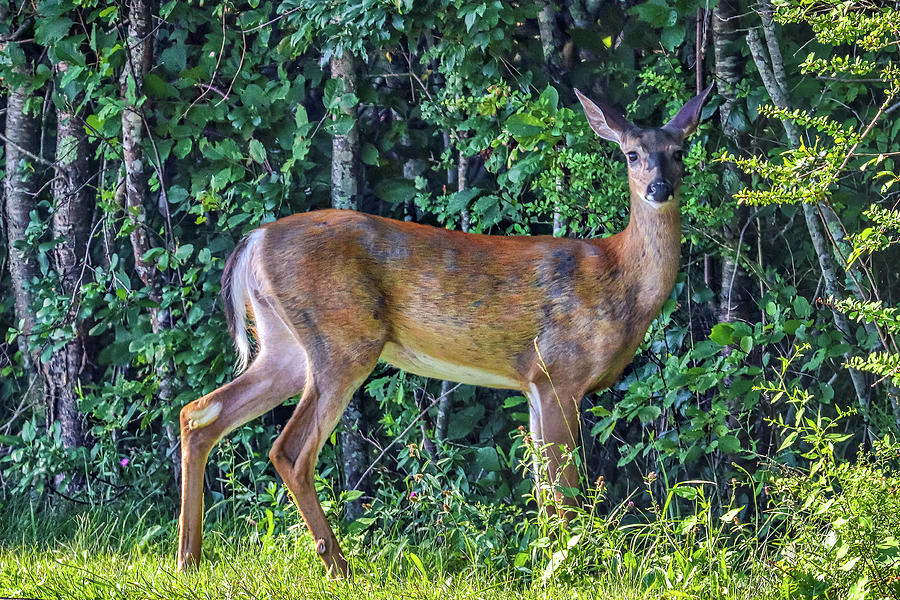
Shubenacadie Provincial Wildlife Park Nova Scotia Canada Photograph by Paul James Bannerman
Ferne Animal Sanctuary, Somerset, Wambrook, near Chard, originally run by Nina Douglas-Hamilton, Duchess of Hamilton. Hillside Animal Sanctuary, Frettenham, Norwich. Lower Moss Wood Educational Nature Reserve and Wildlife Hospital, Knutsford, Cheshire. Monkey World, Wool, Dorset. Mousehole Wild Bird Hospital and Sanctuary, Mousehole, Cornwall.

Bridled Nailtail Wallaby fight at Scotia Wildlife Sanctuary NSW YouTube
US UK Donate now © Wayne Lawler/AWC Home Locations The Pilliga Representing a landmark collaboration between AWC and the NSW National Parks and Wildlife Service, the Pilliga project area protects a vital piece of habitat for Australia's threatened species.
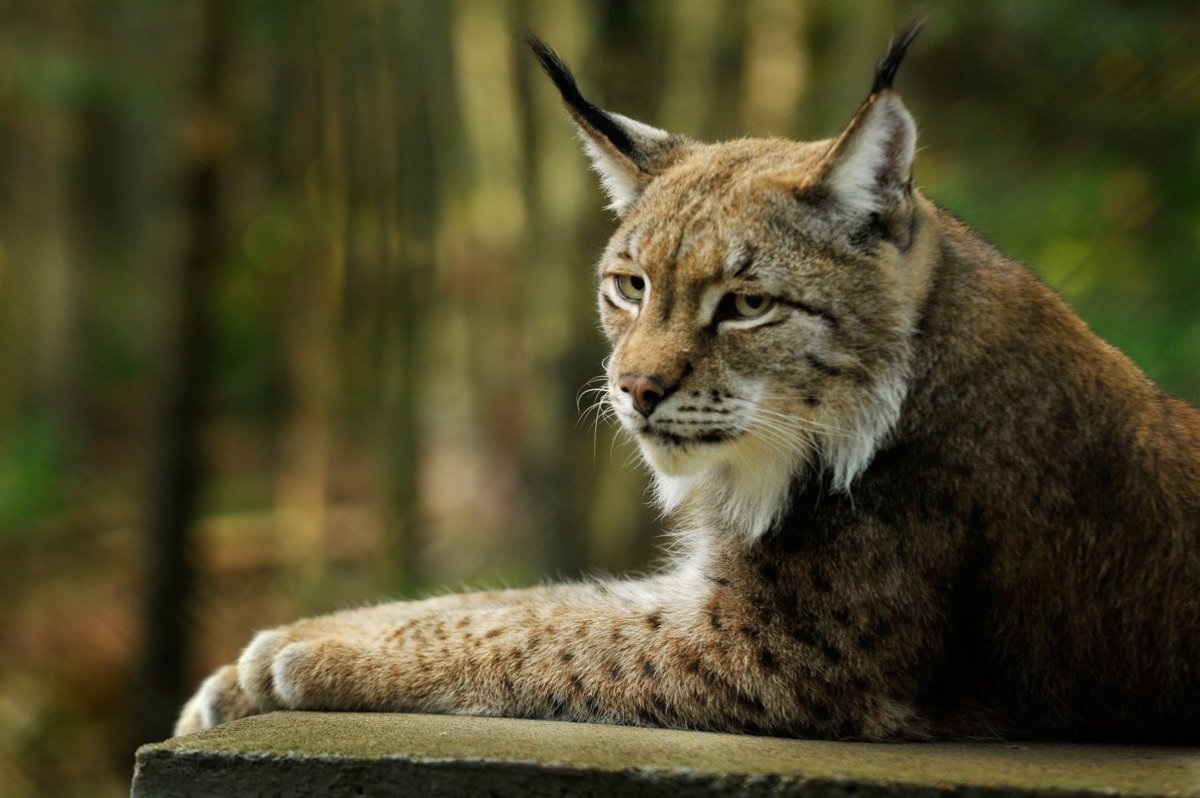
25 Places to Watch Wildlife in Nova Scotia To Do Canada
The Sanctuary Mallee Cliffs National Park is located about 30 kilometres from Mildura, in the south-west of NSW. Established as a national park in 1977, Mallee Cliffs covers 57,969 hectares of open grassy plains, spinifex covered dunes, Belah woodlands and old-growth Mallee.
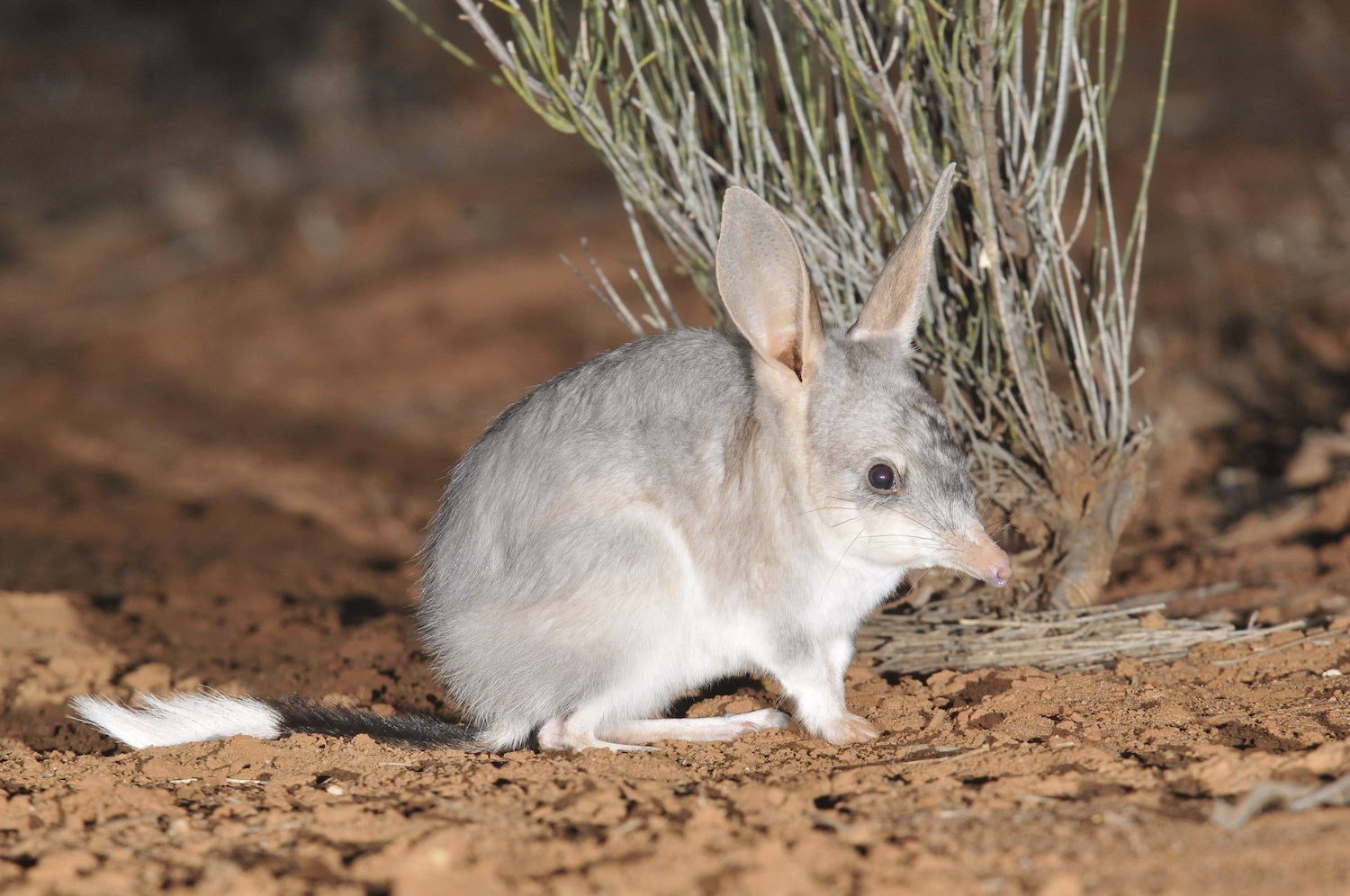
Scotia Sanctuary Bilby Alquemie
The AWC sanctuaries - Scotia (NSW), Yookamurra (SA), and Mt Gibson (WA), as well as two NSW government partnership projects in the Pilliga and at Mallee Cliffs National Park, all lie within the regions where Bilbies once thrived but are now locally-extinct. Mallee Cliffs National Park, NSW
🔥 The very endangered Numbat, having a drink at Scotia Wildlife Sanctuary in NSW, Australia. r
It was a routine, crisp Autumn night out in the field. Daniel Burton, Australian Wildlife Conservancy (AWC) Sanctuary Manager, was conducting feral predator control 10m outside the northern boundary of Scotia Wildlife Sanctuary's (on Barkandji country) 8,000 hectare fenced area when something small and unfamiliar sprinted by his vehicle. Blink once and he might have missed it.

Shubenacadie Wildlife Park Wildlife park, Wildlife, Park
Conservationists have encountered the vulnerable Dusky Hopping Mouse at Scotia Wildlife Sanctuary (on Barkandji country) in the Murray-Darling basin, more than 100 km south of where the mouse was last recorded in NSW. The discovery confirms a significant expansion of the species' range in the state. The Dusky Hopping Mouse, considered one of Australia's most attractive rodents, was spotted.
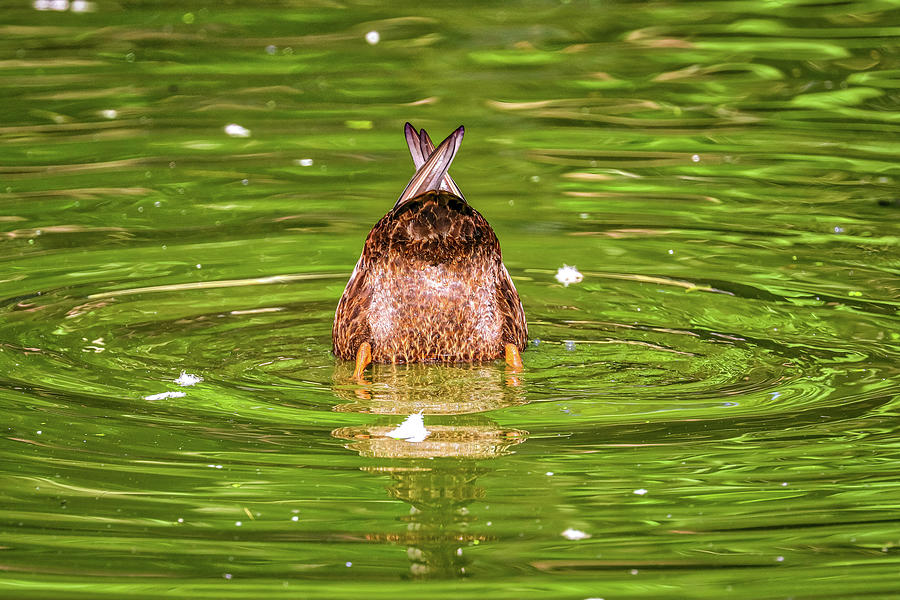
Shubenacadie Wildlife Park Nova Scotia Canada Photograph by Paul James Bannerman Fine Art America
AWC began its reintroduction program over 25 years ago, when our founder, Martin Copley, fenced foxes and feral cats out of Karakamia Wildlife Sanctuary in the hills, east of Perth, Western Australia, and reintroduced Brush-tailed Bettongs (Woylies) and several other threatened species.

A Numbat foraging at Australian Wildlife Conservancy's Scotia Wildlife Sanctuary YouTube
Australian Wildlife Conservancy (AWC) has implemented an Ecological Health Monitoring Program to measure changes in the status and trend of conservation assets, and threats to those assets, across Scotia Wildlife Sanctuary. Metrics from the program are reported in annual Ecohealth Reports and Scorecards. This is the Ecohealth Report for 2020.

Rare footage of fighting Mulga Snakes recorded at Scotia Wildlife Sanctuary AWC Australian
During 2017 and 2018, AWC also reintroduced the species into feral predator-free areas at Mt Gibson Wildlife Sanctuary in Western Australian, and Newhaven Wildlife Sanctuary in the Northern Territory. A red-tailed phascogale. "Scotia Wildlife Sanctuary sits within the historical range of the species, and so a reintroduction would.
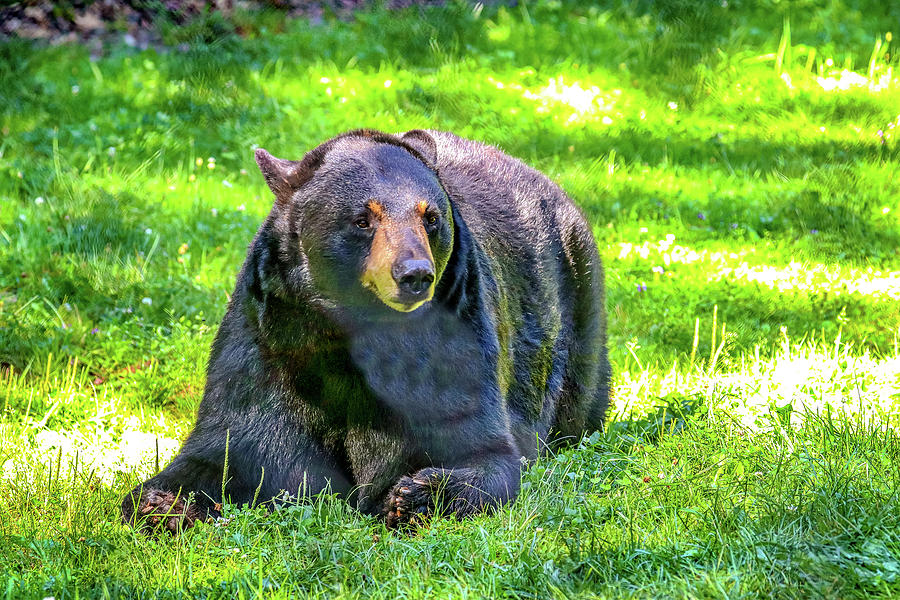
Shubenacadie Wildlife Park Nova Scotia Canada Photograph by Paul James Bannerman
But staff and volunteers at AWC's Scotia Wildlife Sanctuary were recently treated to front row seats. AWC ecologist Tali Moyle managed to capture brilliant footage of the exciting fight - a video which has since racked up more than 15 million views on the AWC Facebook page.
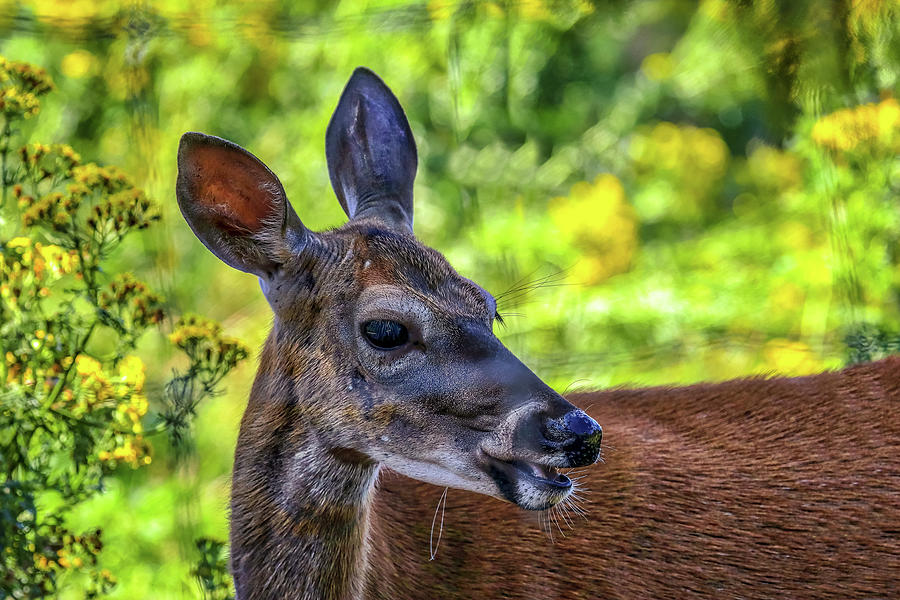
Shubenacadie Wildlife Park Nova Scotia Canada Photograph by Paul James Bannerman Pixels
Scotia Sanctuary is a 650 km 2 (250 sq mi) nature reserve in the south-western plains of New South Wales, Australia, adjacent to the border with South Australia. It is located in the Murray Mallee subregion of the Murray-Darling Depression Bioregion, 150 km (93 mi) south of the city of Broken Hill.

Zebras Scotia Wildlife sanctuary in South Africa Johann Trojer Flickr
Scotia Wildlife Sanctuary contains one of Australia's largest fox and cat-free areas, home to threatened Bilbies, Numbats, and Bridled Nailtail Wallabies. Home About Us About AWC Our People Reports & Publications Contact us Our Work Science & Land Management Indigenous Partnership Locations Wildlife We Protect Support us Donate
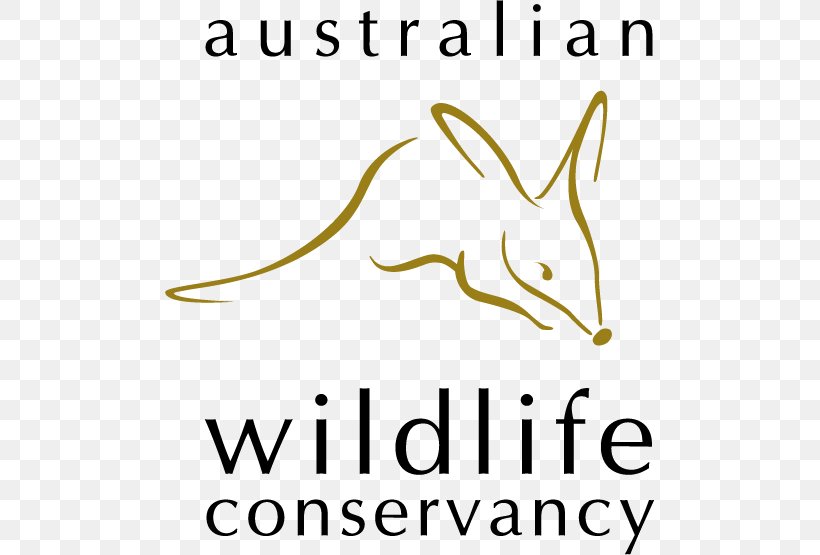
Australian Wildlife Conservancy Scotia Sanctuary Koala, PNG, 489x555px, Australia, Area
Scotia Wildlife Sanctuary Ecohealth Report 2022 2 2022 weather Scotia occurs on the boundary of the arid and semi-arid climate zones, experiencing hot summers and cold winters. Annual average rainfall is 229 mm (2003-2022; Figure 1), with spring and summer being generally wetter than winter (Figure 2).

A Bilby emerges from its burrow at AWCs Scotia Wildlife Sanctuary YouTube
In this edition of Wildlife Matters, we explore Scotia Wildlife Sanctuary. Also, saving the taravale wilderness; a golden day for the Gouldian Finch, and much more… Download Now Issue 37: AWC partnering to save Australia's endangered wildlife Issue 6: Mornington Wildlife Sanctuary
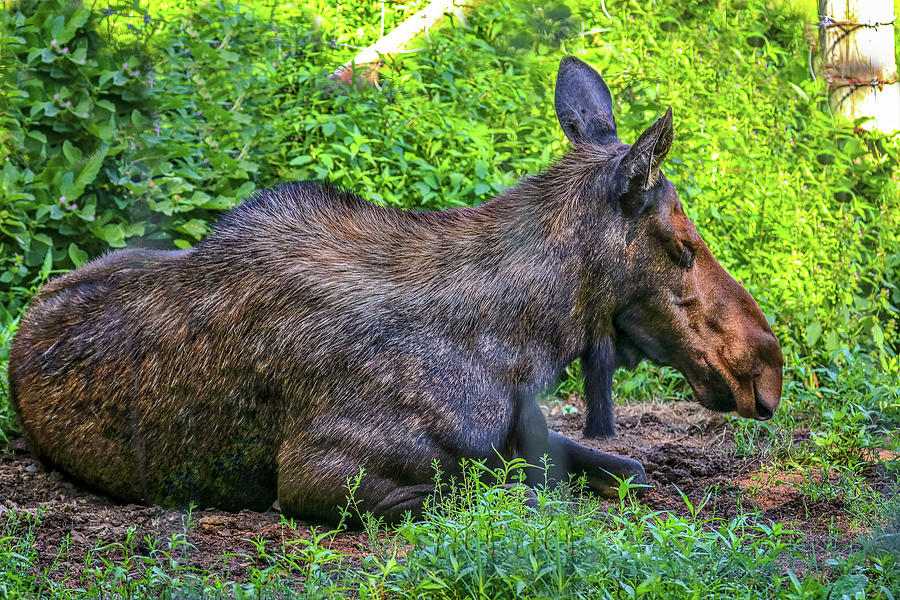
Shubenacadie Wildlife Park Nova Scotia Canada Photograph by Paul James Bannerman Pixels
Scotia Wildlife Sanctuary, in the mallee country of far western New South Wales, offers a step back in time to an era when Australia's medium-sized marsupials hopped freely across the landscape. Nowadays, these beautiful creatures have all but disappeared in the wild, due to land-clearing and predation by foxes and feral cats.